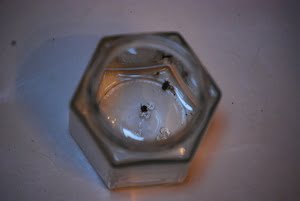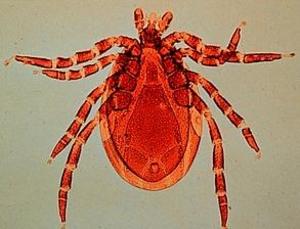As the most prevalent tick borne condition in the United States, Lyme disease affects over 25,000 Americans each year. Common in the Northeast and Midwest sections of the United States, individuals suffering from Lyme disease, infected with the borrelia bacteria, are commonly misdiagnosed leading to a lifelong health complication. With borrelia bacteria as the key driving factor behind the development of Lyme disease, individuals residing or visiting these high risk areas of the United States will find it prudent to be educated in the origin, symptoms and treatment of tick borne Lyme disease and borrelia bacteria.
When suffering from an infection of borrelia bacteria, Lyme disease sufferers will exhibit a variety of symptoms including severe neck stiffness, fatigue, rash and swelling in the lymphatic tissue. Commonly misdiagnosed as the flu or other ailment, some cases of borrelia bacterial infections spontaneously remedy, while others will require a significant therapeutic use of antibiotics. In very rare cases, the borrelia bacteria, when untreated, will leave the Lyme disease sufferer in a debilitating state often unable to walk in what appears to be an arthritic type condition.
For victims of a tick bite, the key factor to diagnosing a possible borrelia bacterial infection lies within the monitoring of the tick bite in the days and weeks following. If infected with borrelia, the area around the tick bite will, in most cases, develop a significant red rash that is usually circular and patchy in appearance. While not all rashes are related to Lyme disease, and infection of borrelia bacteria, the development of a rash, following a tick bite, does raise some cause for concern.
When suffering from a borrelia bacterial infection, and associated development of Lyme disease, the healthcare professional will commonly prescribe a course of antibiotics known to destroy the bacterial infection. Such antibiotics might include the family of doxycycline or tetracycline products. Without receiving the appropriate early intervention of borrelia bacteria, some Lyme disease sufferers will continue to experience symptoms of Lyme disease for the remainder of their lives; most commonly exhibited as neurological and arthritic related symptoms.
To prevent Lyme disease, you must first avoid contact with ticks that carry the borrelia bacteria. Because ticks are prevalent in the Northeast and Midwest areas of the United States, avoiding tall grassy and brush areas it the first line of defense. When in areas where ticks are present, wearing light colored clothing will ensure you are better able to see ticks should they bite. Using insect repellant containing a chemical known as DEET will provide for further protection against a tick borne infection. While a Lyme disease vaccine was once available and on the market, it has since been discontinued. As a result, individuals who live in rural, high risk U.S. locations must consider alternative methods for protection against a borrelia infection so as to avoid Lyme disease.




